By Luke
The class Mammalia can be found worldwide, and are often regarded as having a wider distribution and being more adaptable than any other class of animals. The ability to regulate their body temperature and internal environment in both extreme heat and severe cold, has enabled mammals to become versatile in exploiting every major habitat on Earth by climbing, gliding, swimming, running, burrowing and flying. Meanwhile they can vary in sizes ranging from bats weighing less than a gram, to the largest animal that has ever lived, the blue whale, which can weigh up to 180 tonnes.
There are over 5,500 species of living mammals, which can all (mostly) be distinguished from other animals by a range of characteristics that are unique to mammals.
- Firstly, all mammals have either hair or fur, including, at some point in their development, marine mammals! For example, dolphins have short whiskers just after they’re born on their chin which are lost as they grow.
- Almost all mammals are viviparous, meaning they give birth to live young. The exceptions to this are monotremes, which is an egg-laying order of mammals consisting of the duck-billed platypus and echidnas.
- The young of any mammal species is nourished with milk from special mammary glands of the mother. This is usually done through a teat, however the duck-billed platypus and the echidna release their milk through their skin, which the young must lick off.
- There are a number of other features that mammals are distinguished by, such as the lower jaw bone which is hinged directly to the skull, unlike in other animals where it is attached by a separate bone. A muscular diaphragm separates the heart and lings from the abdominal cavity, whilst only the left aortic arch persists, unlike in other species.
- Finally, mammals are warm-blooded, allowing them to stay warm using their own metabolism, unlike cold-blooded animals which must absorb heat from their surroundings.
Mammals in the UK
There are 107 different mammal species that live in the UK either all year round, or visit throughout the year. The British Isles were separated from the continent around 8,000 years ago, and as the ice retreated the North Sea and English Channel opened up, the native mammal species were fixed. They can be found all around the UK in both rural and urban environments, meaning that anyone can find mammals in their local area. The mammals of the UK are:
Insectivores (Eulipotyphla)
This includes the hedgehog (Erinaceus europaeus) and European Mole (Talpa europaea) as well as five shrew species.
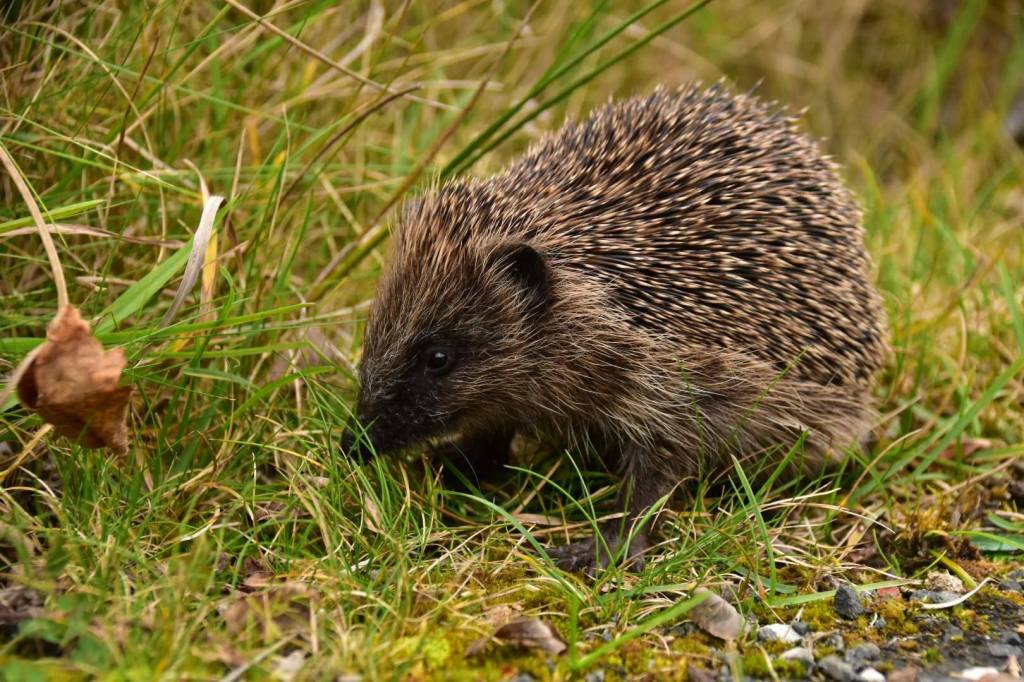
Rabbits and Hares (Lagomorpha)
Throughout the UK there are three species of hares; the mountain hare (Lepus timidus), Irish hare (Lepus timidus hibernicus), and the brown hare (Lepus europaeus), as well as the only species of rabbit, the European rabbit (Oryctolagus cuniculus).
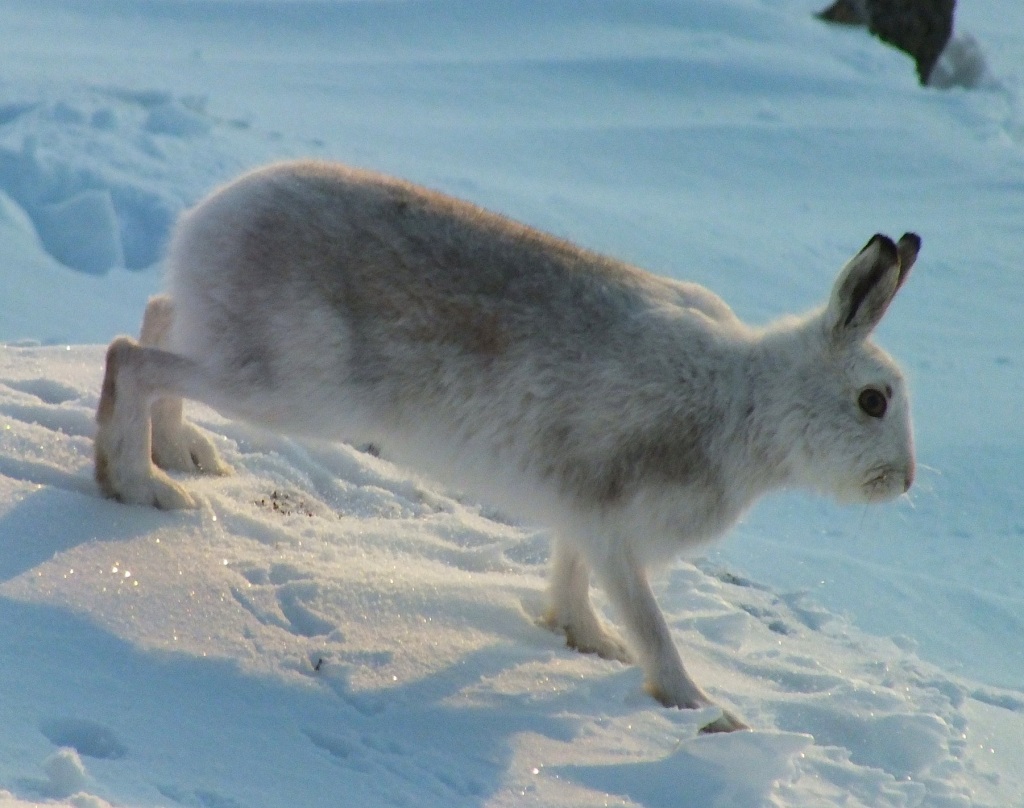
Rodents (Rodentia)
The UK is home to a number of rodents species including rats, squirrels, mice, voles and beavers. Red squirrels (Sciurus vulgaris) can be seen more regularly in Scotland and Ireland, however, in England they can only be found on the Isle of Wight and Brownsea Island and a few other locations. Meanwhile beavers have recently been introduced in a few locations around the UK and have been successful, having a positive impact on the local environment through their behaviour.
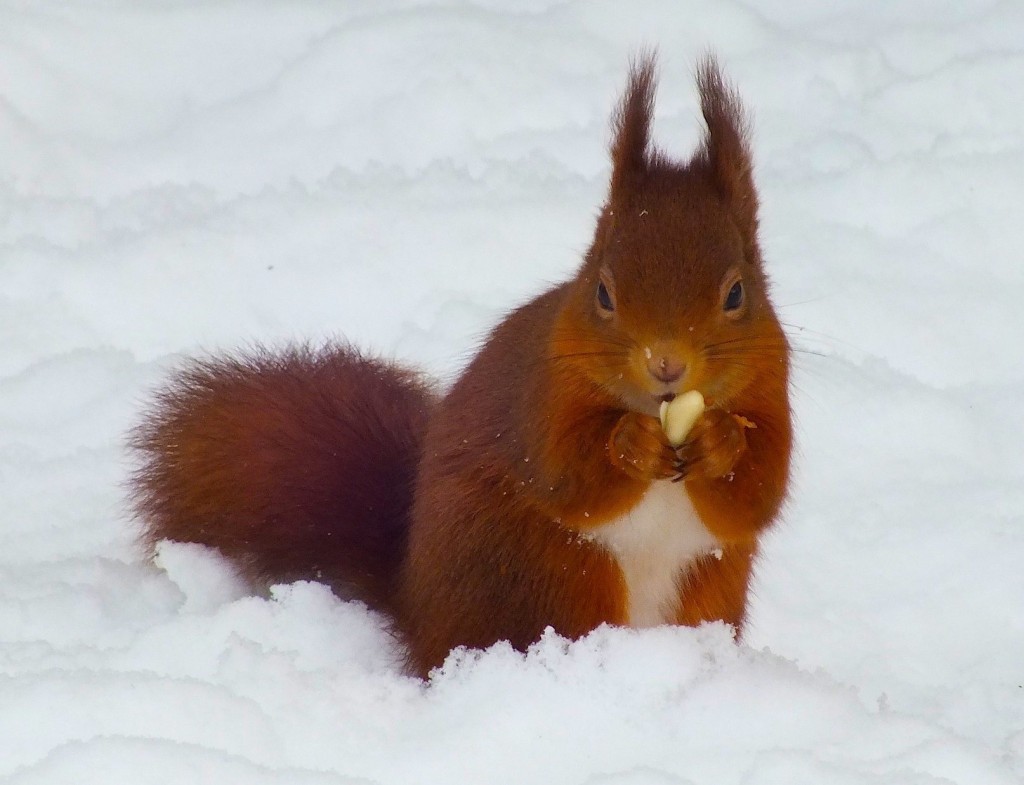
Carnivores (Carnivora)
A number of carnivorous mammals can be seen in the UK, with species such as badgers (Meles meles) and the red fox (Vulpes vulpes) most commonly sighted. Britain’s only remaining native cat species can be seen in Scotland, the wildcat (Felis silvestris), whilst several species of the Mustelidae family are also native, such as pine martens (Martes martes), stoats (Mustela erminea), weasels (Mustela nivalis), polecats (Mustela putorius) and even otters (Lutra lutra), which can be sighted around the coasts, belong to this family, as do badgers.
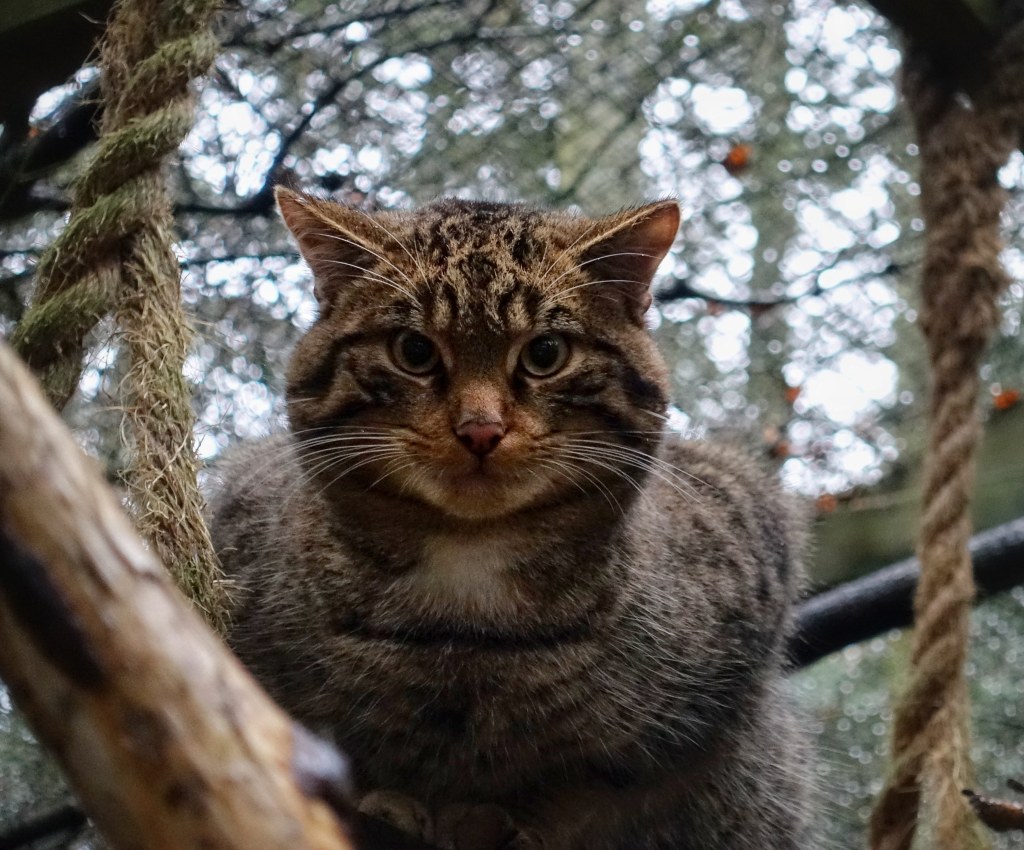
Ungulates (Artiodactyla)
More commonly known as hoofed mammals, includes the UK’s largest species of land mammal, the red deer (Cervus elaphus), as well as five other deer species. Wild boar (Sus scrofa) also fall into this group, as does the feral horse (Equus ferus caballus) (Exmoor/Dartmoor ponies) which are a managed population.
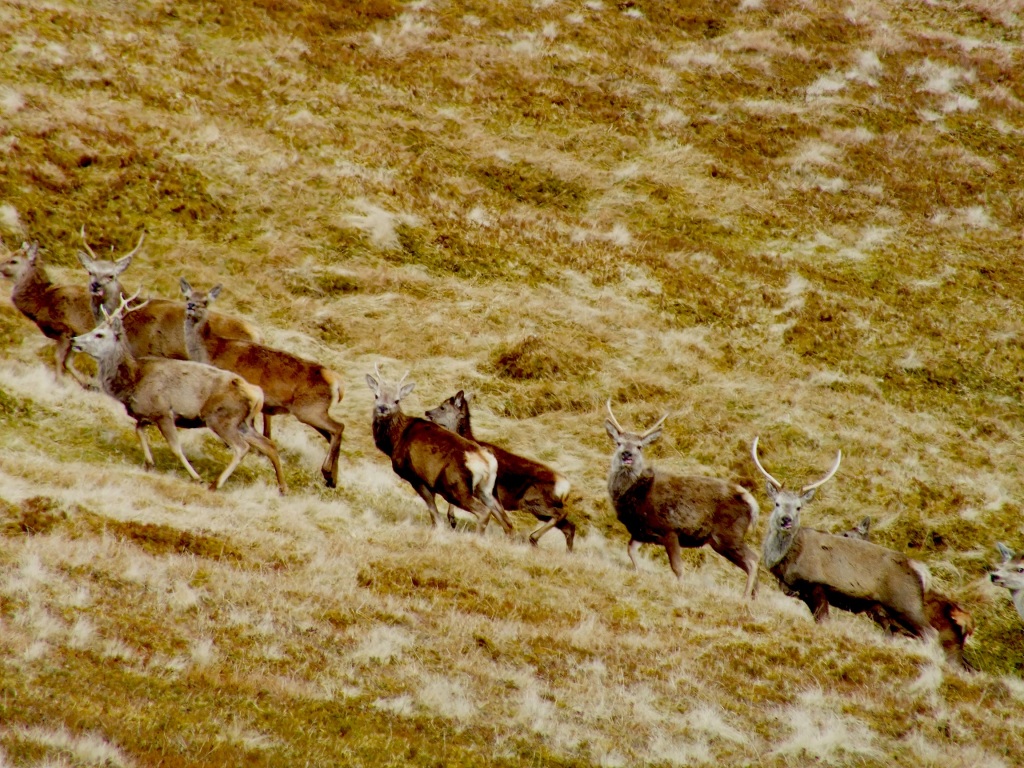
Bats (Chiroptera)
There are 18 species of bats in the UK, making up almost a quarter of all mammal species, with the most common of these being the common pipistrelle (Pipistrellus pipistrellus), which can eat 3,000 tiny insects per night. Meanwhile the Alcathoe bat (Myotis alcathoe) is the most recent addition to the UK bat family, being confirmed as a resident species in 2010.
Seals (Pinnipedia)
The UK is home to only two species of seals, the grey seal (Halichoerus grypus), and the harbour seal (Phoca vitulina) which are found most commonly around Scotland as well as the east coast of England. Some species may be spotted in UK waters, such as walrus (Odobenus rosmarus) and four other species of seals, however they are only vagrant species visiting the UK.
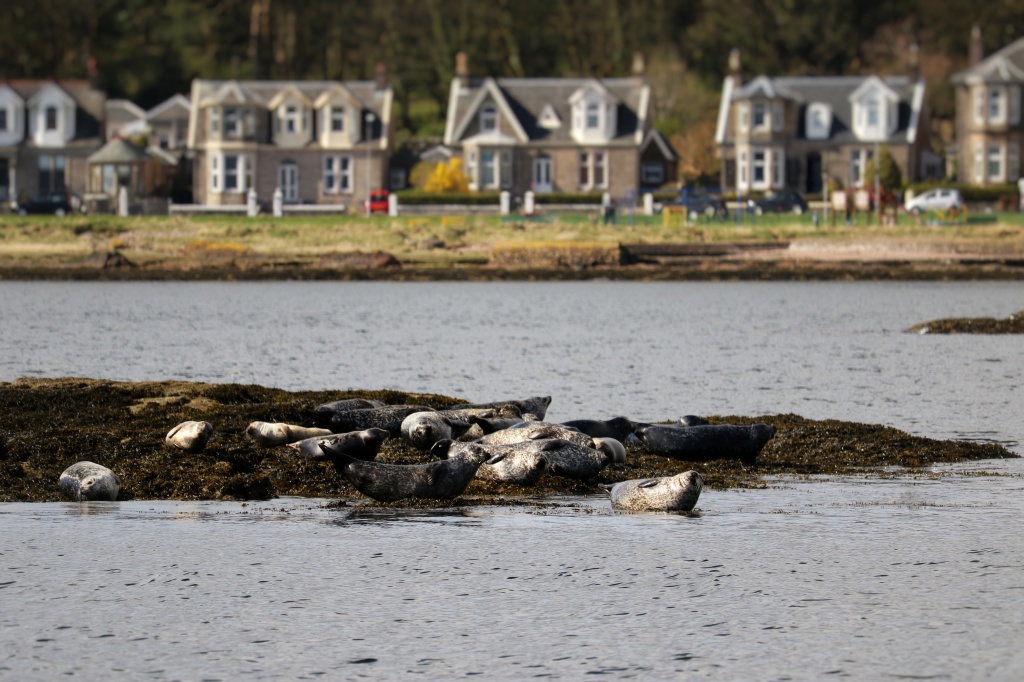
Whales, Dolphins and Porpoises (Cetacea)
Despite being associated with more distant waters, there are actually 23 species of whale and dolphin that frequently visit British waters. Though most people see these animals by accident, there are some locations, such as Cornwall and Scotland where you are more likely to find them. There is only one species of porpoise in the UK, the harbour porpoise (Phocoena phocoena), which live close to the coast in small groups. Five species of true dolphin can also be seen in waters around the UK, with bottle-nosed dolphins (Tursiops truncatus) seen most frequently, usually in groups due to the social nature of dolphins. An incredible variety of whale species can be spotted around the UK, including both baleen and toothed whales. The second largest species on Earth (after the blue whale), the fin whale (Balaenoptera physalis) is seen mainly between the north of Scotland to south west Ireland, whilst the sperm whale (Physeter macrocephalus), the largest toothed whale at up to 18 metres, can be sighted off the west coasts of Ireland and Scotland. Orcas, more commonly known as killer whales, are also found occasionally around the UK, sometimes supplementing their diet with warm-blooded animals like dolphins and seals, that can be found all around the coastal waters of Britain.
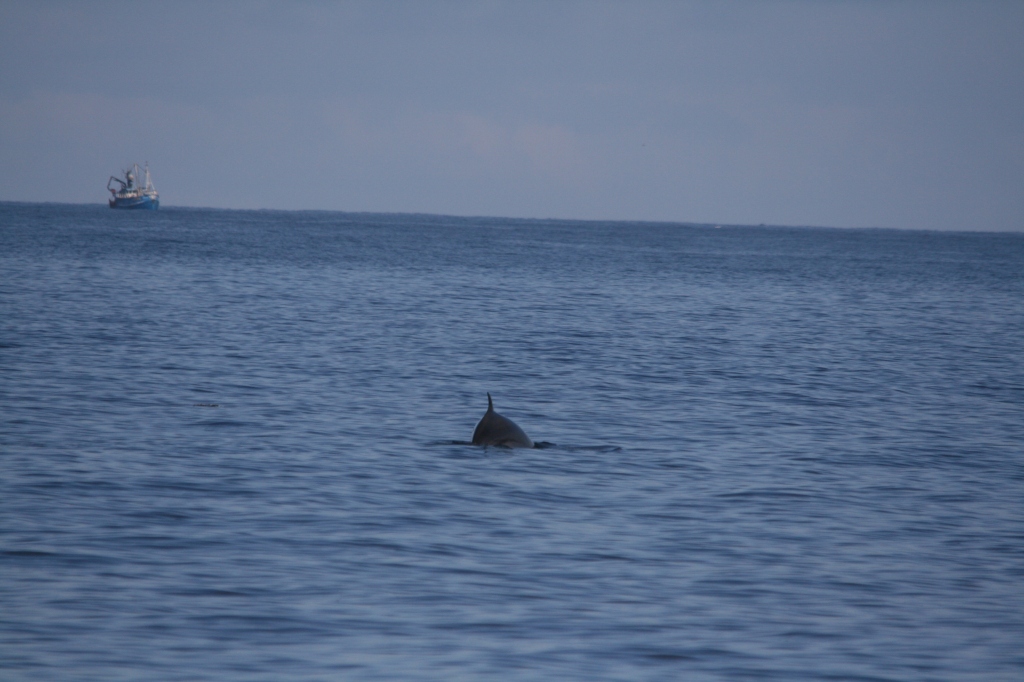
Mammals in Millport
Despite being a small island, there a range of mammals that can be found across Cumbrae, such as rabbits, which are our most commonly found mammals, and leave plenty of signs, usually as droppings. The droppings are small and round, and are actually re-eaten by rabbits to get more nutrition from the droppings the first time around.
Cumbrae is also home to smaller mammals such as hedgehogs, mice, shrews, and bats, which tend to be harder to spot, however there are ways of finding them yourself. One method of sampling mammals is to use a footprint tracking tunnel. This can be made easily with a non-toxic ink pad, paper, mammal food and some kind of waterproof shelter, and is left out somewhere you think there may be small mammals. Another technique is humane mammal trapping, a method that briefly catches small mice, shrews and voles. The traps can be purchased online, with the plastic tube traps and metal longworth traps being the ones we use at the centre. The tubes are filled with everything a small mammal requires to survive the night; bedding such as hay or shredded paper, food like hamster or guinea pig food for the herbivores, and mealworms for the insectivores, plus water in the form of a wet fruit such as small chunks of apple. These are placed overnight in an area with lots of vegetation and must be checked the next morning, if you have caught something make sure it is put in a container with a lid, without manually handling them. This is a really good experience and way of seeing these elusive animals up close, however make sure they are returned near where they were caught, and try to make the experience as stress free for the mammal.
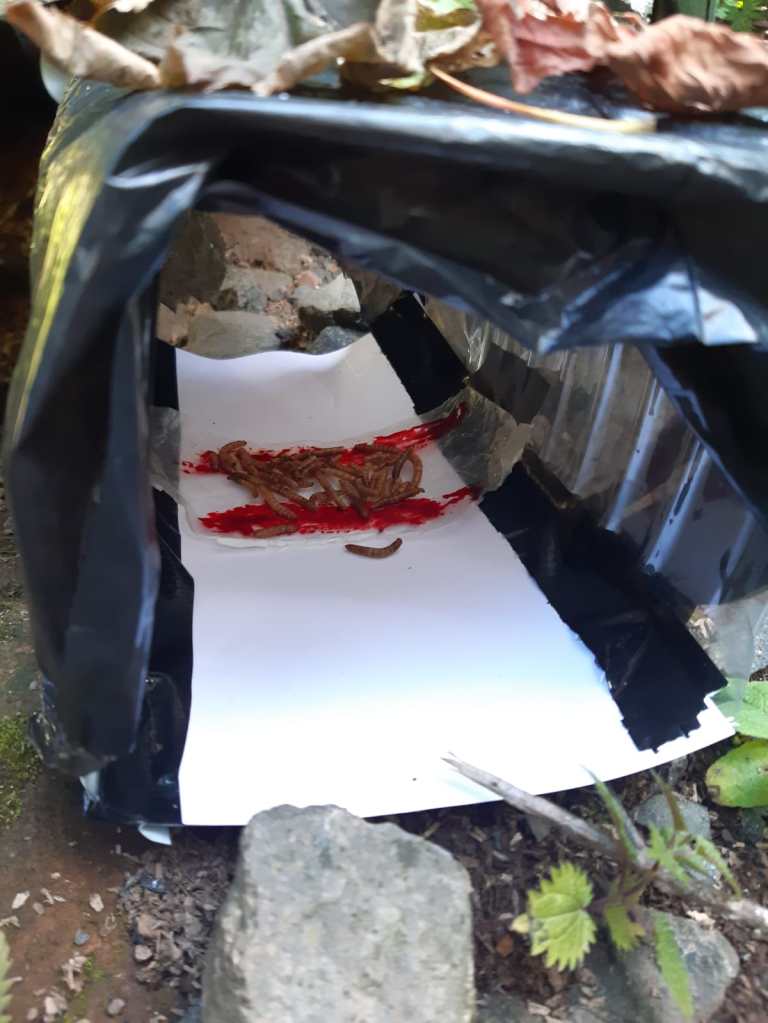
Bat detectors can be bought and are an amazing way to listen to these flying mammals. Bats use echolocation to navigate and hunt, by creating high pitch clicks that humans can’t hear. The detectors lowers the sound so that we can also hear it, and is best used in the evening when bats come out to hunt.
The waters surrounding Cumbrae are home to, and visited by a wide range of marine mammals. If you’re lucky by the coasts, you may spot an otter diving down to hunt for food, whilst these animals can be tracked by their droppings, which are filled with the bones of the fish that they eat, and are left across their territory to warn other otters in the area.
Our resident common short-beaked dolphin, Kylie can often be spotted during calm weather hanging around the buoys in between Cumbrae and the mainland, and has become well known to the locals. Whilst grey and harbour seals can also be easily spotted with a pair of binoculars from Millport, as they haul out on the Eileens, whilst you may also catch them swimming around Cumbrae.

On occasions, The Firth of Clyde and the surrounding waters of Cumbrae have seen visitors such as minke whales, common dolphins, bottlenose dolphins and even humpback whales and orcas. These sightings however are very rare, yet show the amazing diversity of wildlife that visits Scottish waters. More commonly, harbour porpoise can be found, in small groups, so keep an eye out on the Largs-Cumbrae ferry!
Mammals are an incredibly diverse and interesting group of animals that can be found in any location, with Millport being incredibly lucky with the amount of species that can be found locally. Unfortunately, it is estimated that a quarter of native UK mammals are at risk of extinction in the UK, with the wildcat and greater mouse-eared bat (Myotis myotis) critically endangered. It is therefore crucial that we work together to link pockets of good habitat, allowing mammals to move around safely, such as hedges which are excellent for small mammals to travel through. Urban greening is another important way to look after our mammal populations in more crowded areas, with the aim to make space for nature, rather than trying to move animals out of the way when we build. Make sure to keep an eye out for these incredible animals, and support them by putting out food for your small local mammals, or creating habitat with hedges to give them safe ways to travel.

